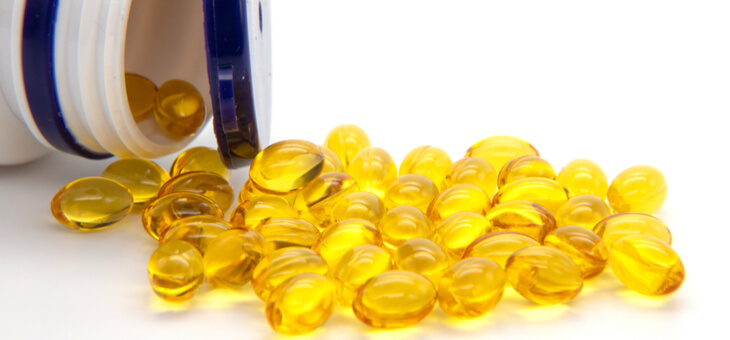It’s well-known that vitamin D is an essential nutrient for bone health and that we get most of it from direct contact with sunlight. But did you know that there are different forms of vitamin D with different benefits? And which one is best?
‘Vitamin D’ refers to a group of fat-soluble hormones responsible for controlling calcium levels in the blood. Consequently, vitamin D is needed for strong, healthy bones and to avoid osteoporosis. It’s also vital for immune function, fertility and stabilising your mood.
These hormones can take on different forms, known as vitamins D2 and D3. Traditionally, D2 and D3 were separated by their source, with D2 coming from sun-exposed plant sources and D3 from animal meat.
The major source of vitamin D for humans is sunlight converted to vitamin D in the upper layers of skin, through a process known as photosynthesis. Essentially, when the stream of sunlight makes contact with the skin, it causes a reaction in skin cells that produces the vitamin D hormone group.
Read: Vitamins and minerals aren’t risk-free: six ways they can cause harm
Vitamin D deficiency is widespread worldwide, with around one billion people not regularly achieving the vitamin D levels they require. Taking vitamin D supplements is common in virtually all parts of the world. Although D3 supplements exist, the majority of vitamin D in supplements is in D2 form.
It’s also possible to get some vitamin D from food. Lean fish meat including salmon, tuna and anchovies are all rich in vitamin D. Mushrooms, orange juice and certain cereals all contain vitamin D as well. This form of vitamin D is mostly synthesized from sunlight.
Although often categorised as the same thing, vitamins D2 and D3 are actually quite different from one another. According to Dr Ashley Jordan Ferira, D3 is vastly superior to D2 when considering the potential health benefits.
“Vitamin D3 has superior bioefficacy, bioactivity, and stability, compared to vitamin D2,” Dr Ferira says.
Read: Five vitamins that can boost your mood
To measure vitamin D levels in your body, doctors look at the level of a chemical compound called 25-hydroxyvitamin D or 25(OH)D. This compound is an activated form of vitamin D and measuring it can give a good overall picture of your vitamin D levels.
Dr Ferira says vitamin D3 is far more effective at raising these levels than D2. Studies have suggested that the potency of D3 is a staggering 87 per cent higher than that of D2.
D3 has also been shown to bind together more strongly than the D2 compound, meaning it won’t break down as it is being transported throughout your body. D3 is also more stable than D2 and, as a result, has a significantly longer half-life than D2.
Read: Five vitamins from real foods
Dr Ferira says it’s time to remove D2 from vitamin D supplements, and says many other researchers back this move.
“Vitamin D2 should not be regarded as a nutrient suitable for supplementation,” she says.
Disclaimer: This article contains general information about health issues and is not advice. For health advice, consult your medical practitioner.
Do you take vitamin D supplements? Are you aware of which form of vitamin D you’re taking? Let us know in the comments section below.
If you enjoy our content, don’t keep it to yourself. Share our free eNews with your friends and encourage them to sign up.

